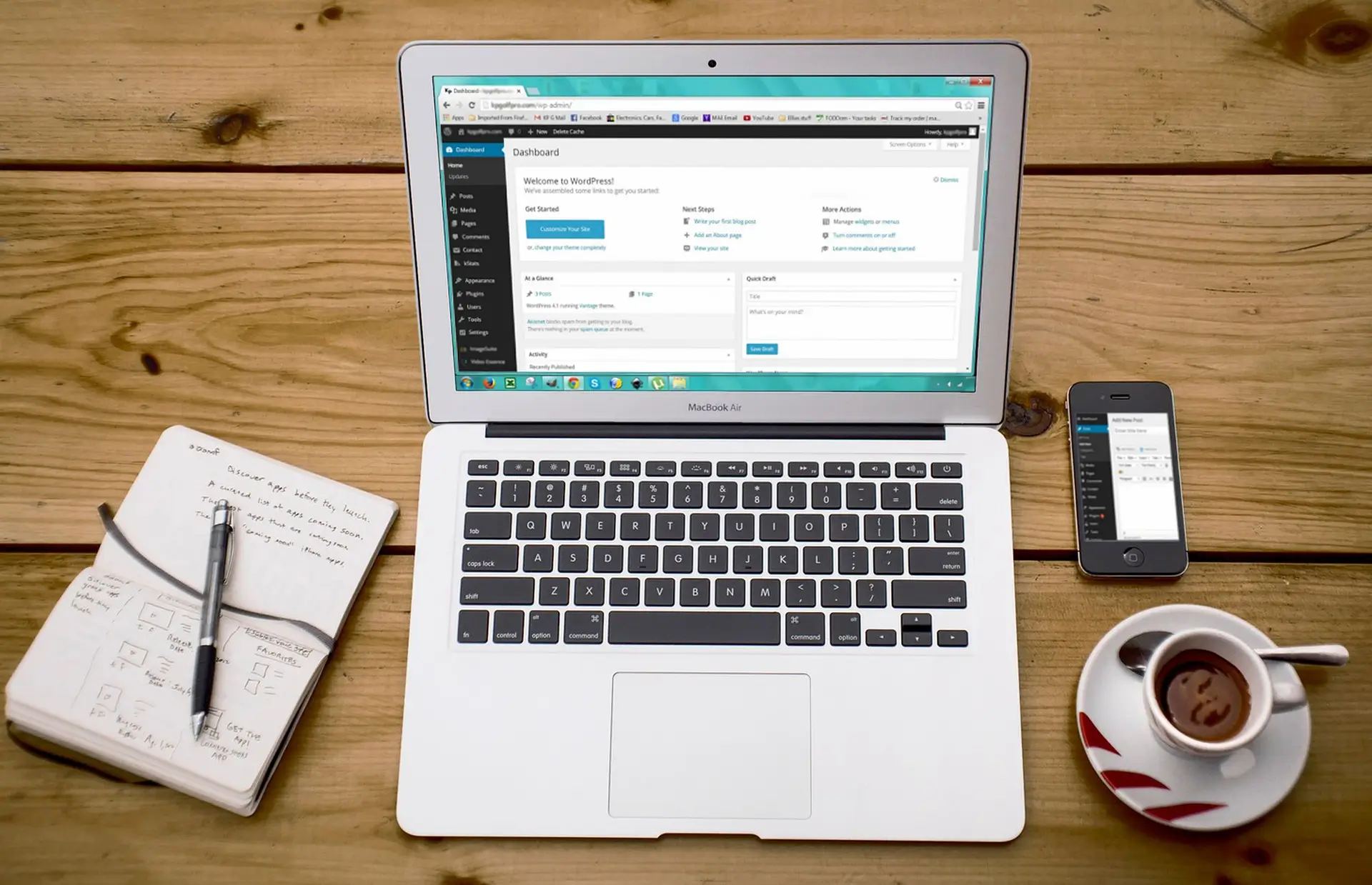In today’s digital business, almost all customers expect that their problem can be solved quickly and easily. Here’s why Customer Effort Score (CES) is important in customer service. It is a metric to measure how easily your customers get an issue resolved or a request fulfilled.
Measuring customer effort helps businesses reduce friction for seamless customer experience and provide customers with easier solutions. Then, what is a good customer effort? How do you calculate and improve it? This blog post from Solvea explores these questions in detail.
What Is Customer Effort Score
Customer Effort Score, also known as CES, is a customer experience metric used to measure how much effort customers need to put in to get issues resolved, requests fulfilled, questions answered, and so on. The primary goal of CES is to offer customers with low-effort experience.
Usually, companies create their CES surveys which asks customers to rate the ease of their interaction on a scale of “very easy” to “very difficult”. A lower score means more customer effort, and most likely leads to customer dissatisfaction.
What Is a Good Customer Effort Score
There is no established CES benchmark or industry standard, but a high CES score indicates good customer experience with low effort. As the saying goes, there is only better, not best. You need to constantly beat your previous scores. After all, CES scores need to be monitored regularly with the change of customer service metrics.
If your CES score is lower than expected or not increasing over time, you need to survey what causes high-effort customer experience, such as long waiting time, complicated processes, repetitive touchpoints, etc. Once found, take corresponding solutions to solve them.
How to Build an Effective Customer Effort Score Survey
Building an effective CES survey is essential step to gathering customer effort score data. When creating a CES survey, you can consider the following tips.
- Schedule the right survey time: Send your survey at the right moment. For instance, the CES survey should be sent immediately after an issue is solved or a purchase is made, rather than waiting a few days.
- Use the right channel to send the survey: To make it easy for customers to do the survey, send questions via an appropriate channel with the highest engagement.
- Adopt AI agents: To simplify the surveying process, you can use an AI agent that can send CES surveys automatically after each customer interaction.
- Maintain questions straightforward: Make sure the wording of CES questions is clear and precise to avoid customer misunderstanding.
- Set clear goals of the survey: An effective survey starts with clear objectives. Set up your survey around specific goals, such as reducing waiting time, simplifying request process, and more.
Common Types of Customer Effort Score Questions and Examples
A Customer Effort Score survey usually includes a short questionnaire to assess how much effort a customer needs to exert to resolve an issue. There are 3 common types of CES survey questions.
Type 1. Numbered CES Questions
This type of CES question asks customers to rate on a numerical scale, like 1–5 point scale. These questions are usually easy to understand and quick to answer, generally leading to higher response rates. For example:
Questions look like this:
- How easy was it to use our product?
- How easy was it to follow the guide from our customer service agents?
- How do you find the difficulty of understanding our product tutorials?
Answers like this: 1 (easiest), 2 (easy), 3 (Neutral), 4 (very difficult), 5 (most difficult)
Type 2. Emoji CES Questions
Emoji or Emoticon CES survey questions distill customer experience into intuitive emotive response. It provides customers with the fastest way to collect feedback without needing to read responses.
These questions might be the same as in the numbered CES survey questions. The only difference is that the respondents rate their experience via emojis, like the following picture. This might be helpful when customers are in a rush because a smile is a positive response faster than a 5-point.

Type 3. Open-ended CES Questions
Open-ended CES survey questions are slightly more complicated than the above two types. They usually ask customers to describe their experience in their own words, which may provide more actionable insights and valuable information. These questions may look like:
- What’s your least favorite part of our service?
- Which part of our product do you think needs improvement?
- Which product features have generated the most significant returns for your business?
How to Measure Customer Effort Score Effectively
To ensure the accuracy and efficiency of the customer effort score, you should take a structured approach to measure CES, from defining the measurement scope, crafting survey questions to calculating customer effort score. Let’s have a detailed look at the process.
Step 1. Define the Scope of Measurement
First of all, you need to determine the measurement scope that involves customer interactions. To get the most impactful and insightful customer effort scores, focus on these critical moments during the interaction:
- Visiting your website or mobile app.
- Making the deal online or in-store.
- Seeking customer service for an issue.
- Using self-service resources, like FAQ or AI chatbots.
Step 2. Set Clear Questions for Your CES Surveys
A well-designed CES survey should ask questions straightforwardly and specifically. These questions should be easy to understands, such as “How easy was it to get your issue resolved with our service?”, “How much effort did you put into completing the purchasing?”, etc. In addition, offering an open-ended question allows your customers to elaborate on their ratings for deeper insights into their pain points.
Step 3. Send CES Surveys to Customers via Multiple Channels
To obtain accurate results, CES survey should be sent to customers immediately after an interaction while the experience is still recent. Besides, the surveys should be distributed via multiple channels, such as:
- Test message notifications: It is ideal for quick post-service/purchase feedback, particularly for mobile-centric businesses.
- Emails: It is suitable for follow-ups after online purchasing, onboarding, or customer service interactions.
- In-app or on-website pop-ups: It’s best for measuring efforts related to digital customer experiences, such as online ordering and appointments, self-service options, and in-app chat support, etc.
Step 4. Choose an Appropriate Scale and Calculate CES
Choosing the right scale helps you track trends over time and compare performance across different interactions. There are different sales used in CES surveys, and the three most common rating scales are:
Note: Remember, no matter which scale you choose, the core idea remains the same: the higher the CES indicates less effort from customers, typically leading to better customer service. You can compare the CES with previous score or industry benchmark that can give you deeper insights into your CX strategies.
1.5-point Likert scale: It calculates the percentage of respondents who give positive responses, out of the total. For example: 80 give a score of 4 or 5 in total of 100 respondents.
Positive Responses % = Number of Responses with 4 or 5 Ratings/Total Responses * 100
Your CES score: 80/100×100 = 80% on the 5-point Likert scale.
2.1 to 10-point scale: It provides a more detailed response spectrum that monitors subtle differences in customer experience.
CES=Total sum of scores/Number of responses
For example, if 100 people responded with scores that total 900, you CES=900/100=9.
3.Emoji scale: It subtracts negative responses from positive responses, ignoring the percentage of neutral responses.
CES=Positive % - Negative %
Positive % = Number of Positive Responses/Total Responses * 100
Negative % = Number of Negative Responses/Total Responses * 100
For example, 500 respondents in total, 350 positives and 150 negatives.
Your CES would be: 350/500×100– 150/500×100=40%
Step 5. Analyze CES Data
After getting RAW customer effort score data, you need to analyze response patterns to obtain deeper insights. Segment the CES results by customer interaction types, like checkout, support, and onboarding to identify specific pain points. Review open-ended responses to collect valuable data that cannot be captured by numerical or emoji scale ratings. Furthermore, continuous interaction based on CES insights is also important to build sustainably better customer experience.
How to Improve Customer Effort Score
Probably you are looking for specific ways to improve your Customer Effort Score. There are several proven methods to help you improve overall CES and customer satisfaction.
Method 1. Offer Multiple Channels for Feedback
Nowadays, lots of businesses have built omnichannel communication for customers. To let your customers the way they fell the most comfortable with, your business should provide all channels of digital support, including email, SMS, in-person support centers, call centers, and social media.
Method 2. Use Self-service Tools
There are always some customers who would rather solve issues by themselves instead of seeking a customer service representative. An effective method is to use an AI-powered chatbot that has 7/24 self-service options. This can answer common questions instantly and guide customers to solve issues by themselves, leading to lower customer efforts.
Method 3. Implement Solution-oriented Support Training
Review your customer interaction cases regularly and identify if there are any opportunities to lower customer effort. For example, call recording is a great way to coach and train phone call support agents. Here are some useful training strategies that could help improve CES.
- Train agent with professional knowledge base: No customer likes being transferred, and certainly no one likes waiting. Training your team with professional base can help users resolve issues quickly.
- Give agents certain authority and autonomy: If your customer service agent always asks for permission to make decisions, the resolution process will experience bottlenecks and delays.
- Develop agents’ soft skills: Customers expect to interact with friendly and informative agents who are listening to them, solving their issues, and empathizing with them. So, make sure your team practice these soft skills.
Method 4. Dive into Customer Data
Regularly assess customer interaction data to dive into the reasons behind a poor customer effort score. If possible, follow up with your buyers and ask them about issues they encountered when using your product or service. Additionally, comparing the CES for each customer service channel is a good idea to identify areas for improvement. If you find one channel is always rated as “difficult”, then focus on improving that channel.
Customer Effort Score FAQ
1.What is the 5 point effort scale?
The 5-point effort scale refers to a response scale that asks customers to rate their effort taking on completing a task. It typically includes these options: a lot of effort, some effort, neutral, little effort, and very little effort.
2.What is the difference between CSAT and Customer Effort Score?
CSAT, also known as Customer Satisfaction Score, is a metric that measures how happy a customer is a right after a specific service or interaction, while Customer Effort Score (CES) is a metric used to gauge how easy or difficult it was for a customer to resolve an issue.
3.What is the primary purpose of the customer effort score?
The primary goal of the Customer Effort Score (CES) is to measure and reduce the effort customers exert when interacting with a company to resolve issues or complete tasks, which in turn increases customer loyalty and satisfaction.
4.What are the pros and cons of Customer Effort Score?
One of the greatest advantages of CES is that it quickly helps businesses identify opportunities for improvement, while other CX metrics need further information to find out which changes to make. A disadvantage of CES is that it only gives insight into one part of the CX, rather than the entire picture.












